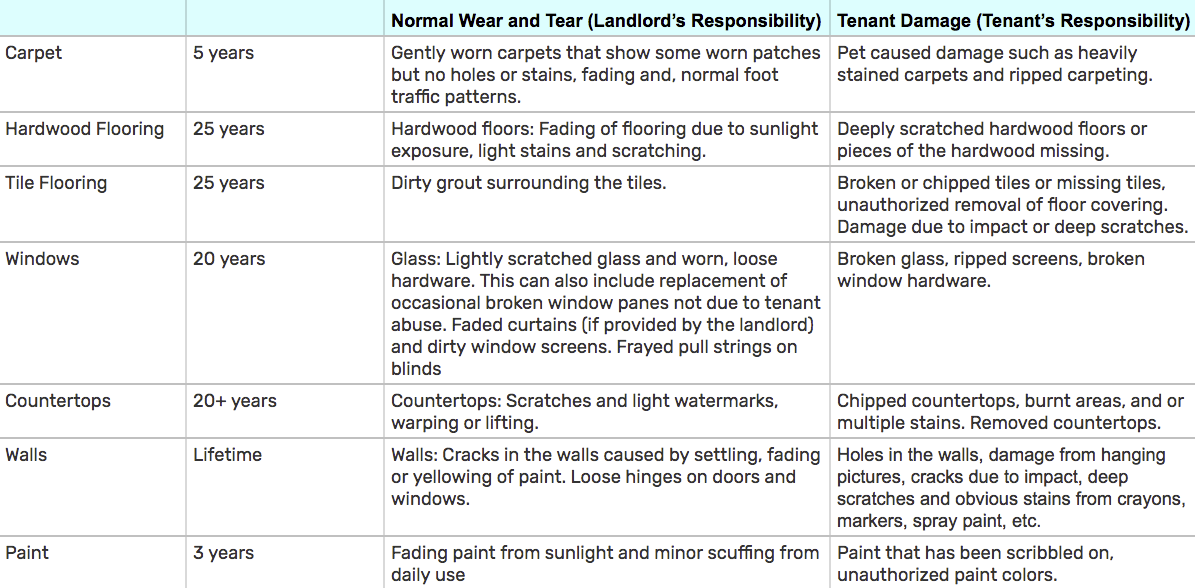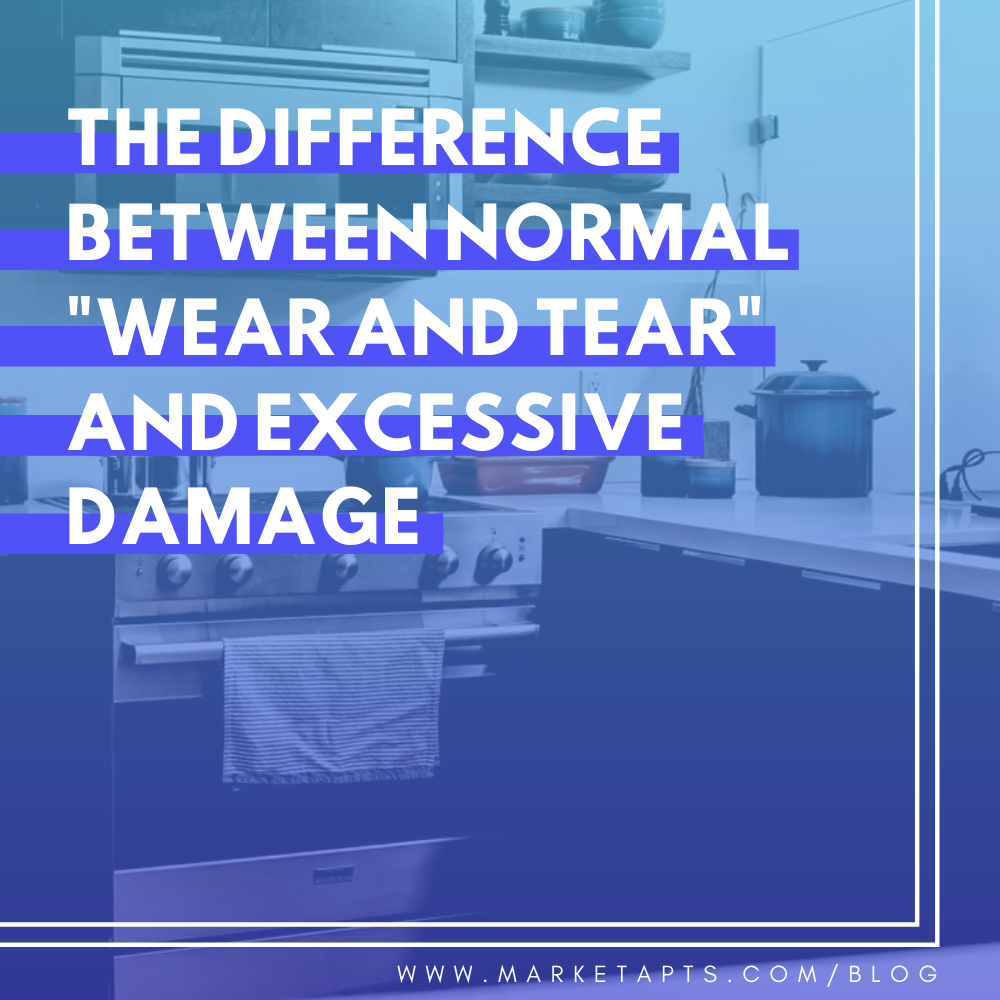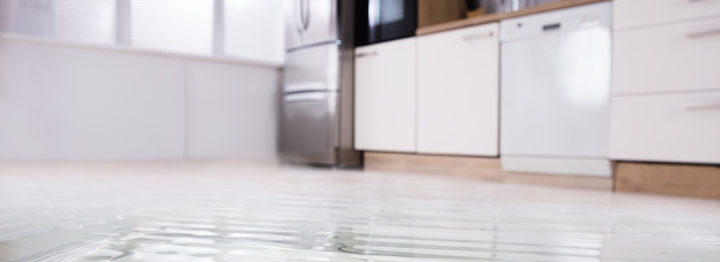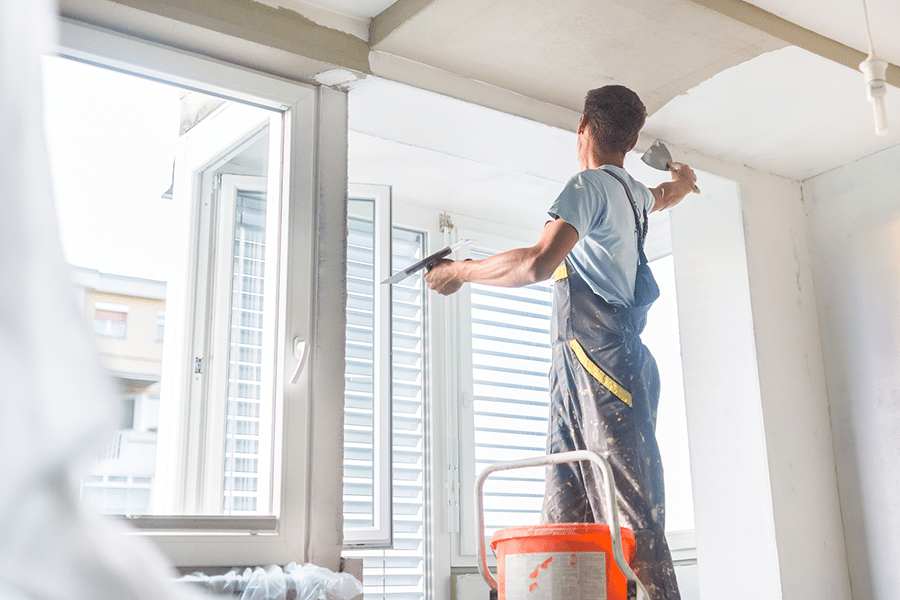Normal Wear And Tear Carpet Arizona

Many courts will allow you to prorate the useful life of a damaged item.
Normal wear and tear carpet arizona. New carpet that s stained at the end of a one year lease. So after 2 years there is regular wear that will occur in a normal traffic area. If the court believes that the useful life of carpeting in a rental dwelling is five years then the cost of replacing the carpeting would have to be prorated over a five year period. However if there is wear that is caused by you not vaccuming and keeping up the carpet then that would not be normal wear and tear.
Faded paint you yourself did not cause the paint to fade thus you would not be responsible if and when the landlord decides to repaint. Tenants can t be held responsible for normal wear and tear. Yes i mentioned that above. Generally a tenant has a legal obligation to return an apartment in the same condition as when originally rented normal wear and tear excepted.
A carpet is another asset in a rental property just like a fridge microwave or dishwasher. And the longer a tenant has lived in a place the more wear and tear can be expected. Normal wear and tear may include things such as. Carpet damage usually results from pets tearing the carpet or urinating on it or from human error food and drink stains or cigarette burns.
Minor markings on the walls can be easily touched up or cleaned but anything that changes the condition of the wall could be considered damage beyond normal wear and tear for a rental property such as. When can you keep a tenant s security deposit in arizona. But if the tenant stained the carpet so badly that normal carpet cleaning doesn t work you can probably charge to replace the carpet or at least the cost to replace the remaining life. Damages are actual things in the apartment that you or your guests actually break such as a window or a hole in the wall.
The lease should clearly spell out exactly what the landlord can take deductions for. Typically landlords may use a tenant s security deposit for any cleaning or repairs necessary to restore the rental unit to its condition at the beginning of the tenancy landlords may not however use the deposit to cover the costs of ordinary wear and tear. All those assets are subjected to normal wear and tear. For a better understanding of the difference between the two and when you can deduct the tenant s deposit let s take a look at the two most common examples which are normal wear and tear vs damaged carpet and normal wear and tear vs damaged paint.
In the matter of devine v. A landlord checklist can help you figure out what s normal wear and tear vs damage by forcing you to document all of the above. A landlord can keep a tenant s security deposit or a portion of the deposit to cover unpaid rent damage in excess of normal wear and tear and other costs resulting from a breach of the lease.



















